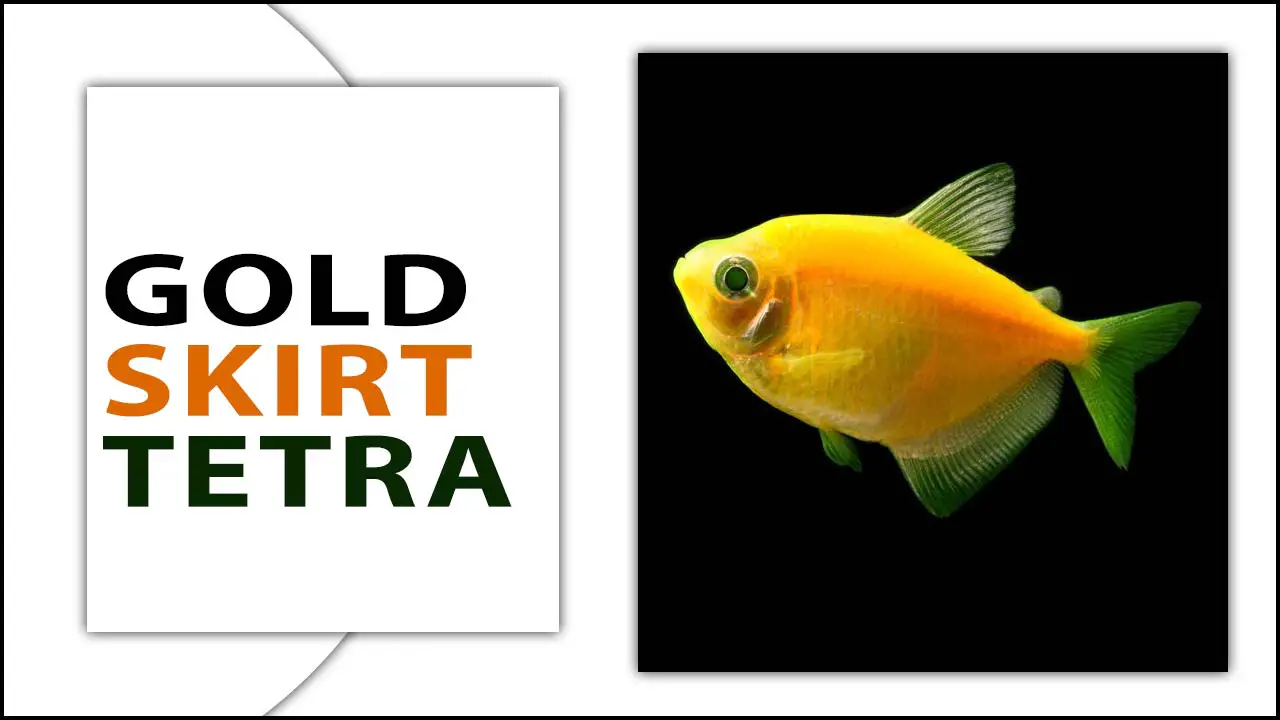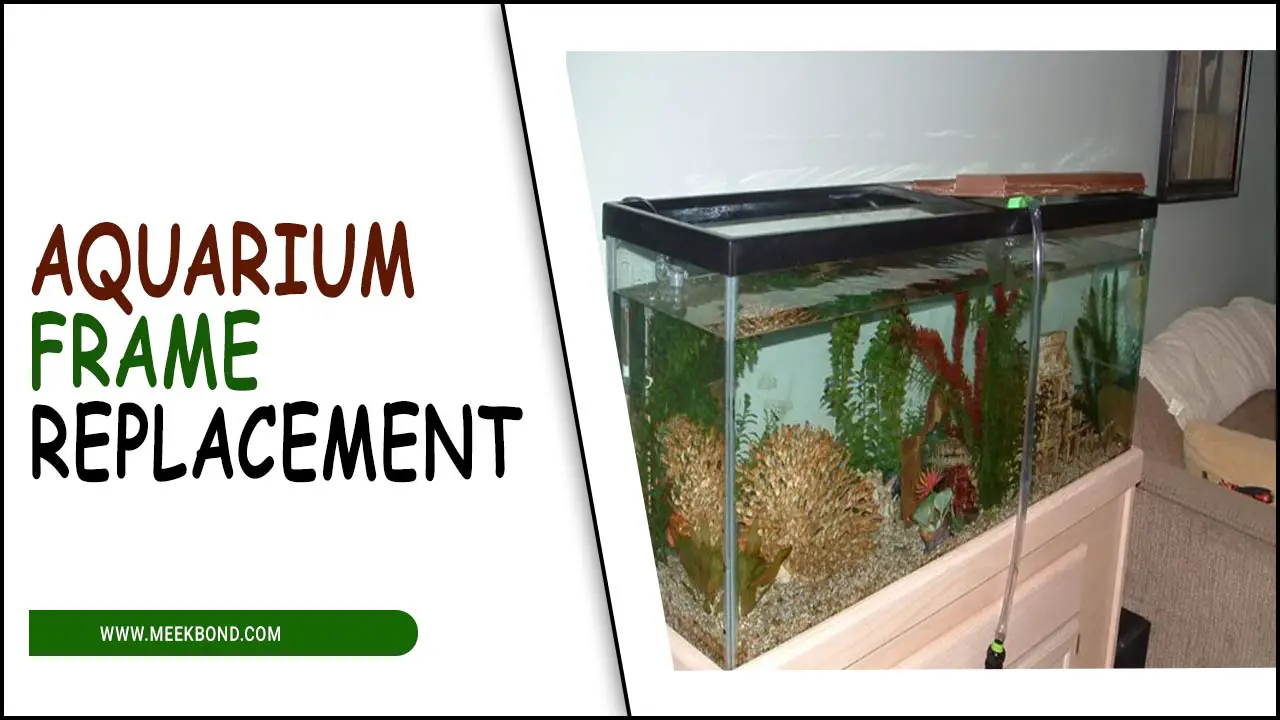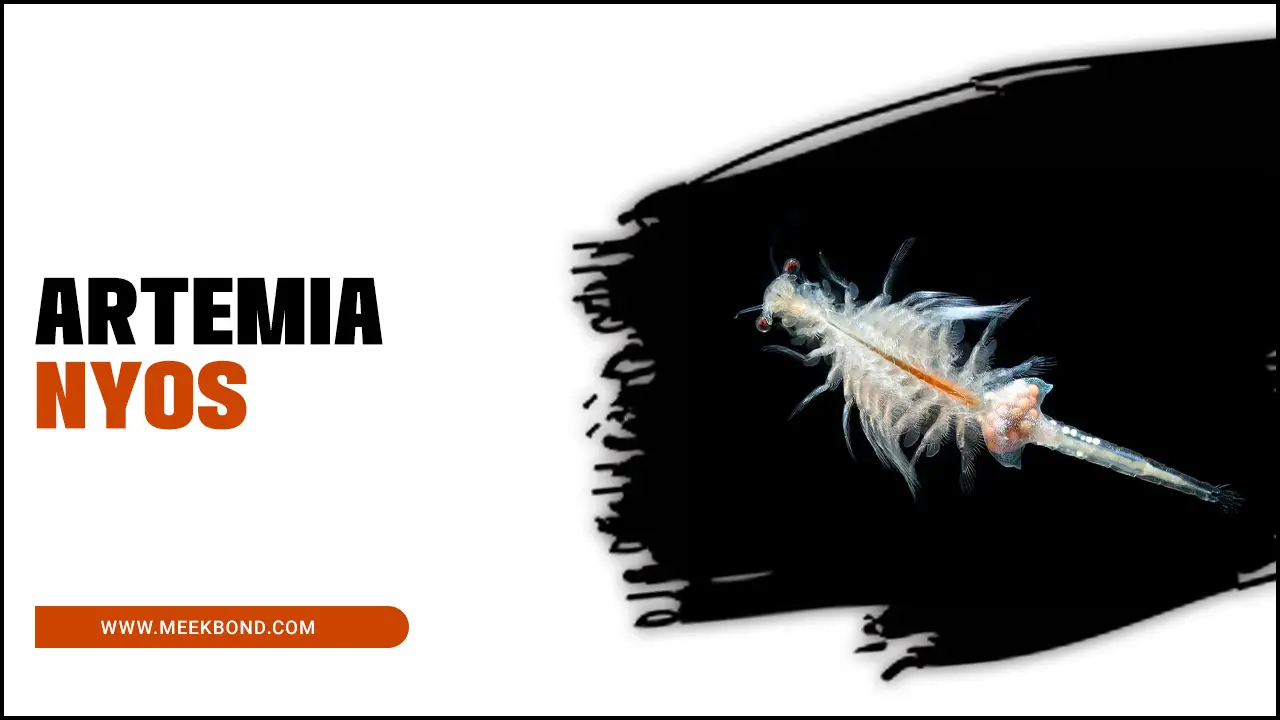For aquarium enthusiasts, having a diverse and eye-catching array of aquatic life is essential to the hobby. While there are countless options available, it is often the small and unusual creatures that can truly elevate a tank’s appearance.
One example is the pipipi-snail, a freshwater mollusk native to the South Pacific islands. Despite its diminutive size, the pipipi-snail is a versatile and fascinating addition to any aquarium setup. We’ll explore the benefits of introducing pipipi snails to your freshwater tank.
From their unique appearance to their valuable role in maintaining a healthy ecosystem, we’ll dive into why these creatures are a must-have for any aquarium enthusiast. We’ll also examine the pipipi-snail’s natural habitat and behavior and the best practices for caring for them in captivity.
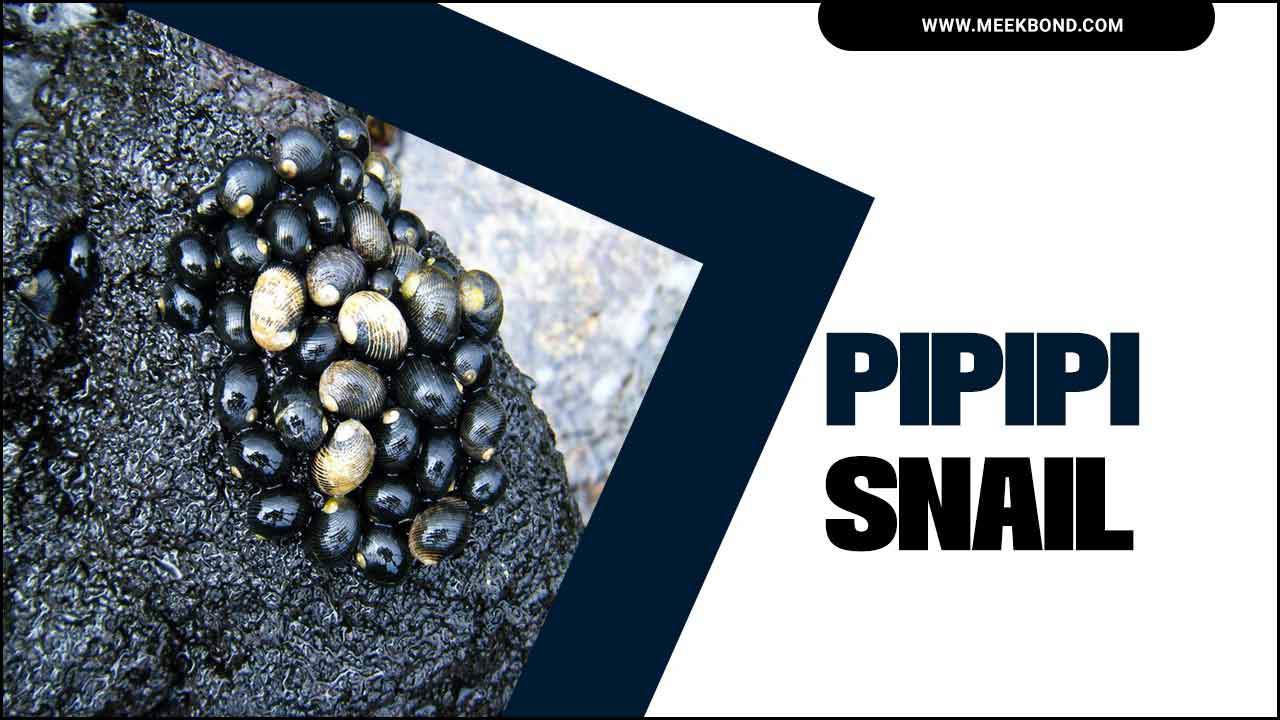
Hawaiian Pipipi Snail In Freshwater Aquariums

The Hawaiian pipipi-snail is a unique species that can thrive in freshwater aquariums. These snails are native to Hawaii and are popular for their striking coloration and intricate shell patterns. Keeping Hawaiian pipipi-snails in your freshwater aquarium can add a touch of beauty and diversity to your tank. However, creating the right environment for these snails is important to ensure their health and well-being.
Provide them with plenty of hiding spots, such as rocks or plants, and maintain stable water conditions with appropriate temperature, pH levels, and water quality. Additionally, ensure they can access the right food sources, such as algae or sinking pellets. The Hawaiian pipipi snail can be a fascinating addition to your freshwater aquarium with proper care.
Physical Appearance
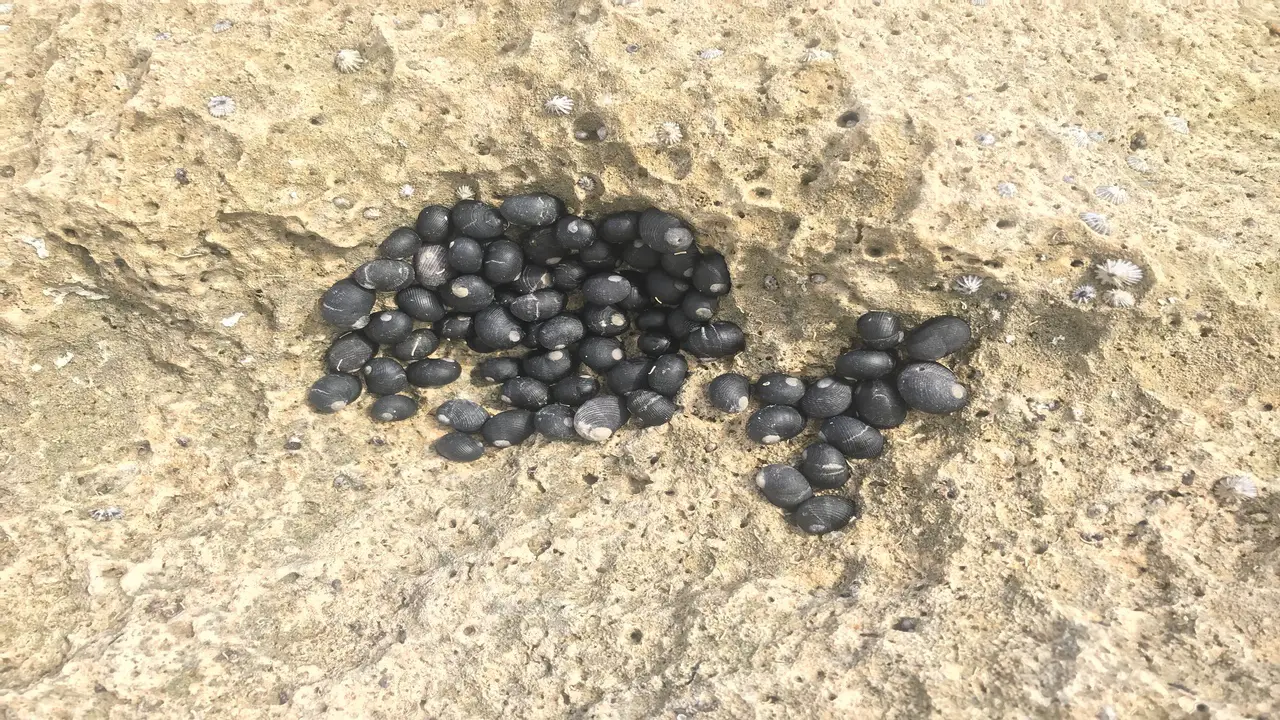
The Hawaiian pipipi-snail, also known as the Achatinella apexfulva, is a unique species found only in the Hawaiian Islands. These snails have distinct characteristics that set them apart from other snail species. They are small in size and reach an average length of about 1.5 centimeters. The shell of the pipipi-snail is generally smooth and glossy, with vibrant colors ranging from yellow to brown.
They are popular for their slow movement and prefer damp environments such as rainforests and moist habitats. Due to habitat loss and predation by invasive species, the pipipi-snail is critically endangered, making conservation efforts crucial to their survival.
Habitat And Distribution
Hawaiian pipipi-snails are native to Hawaii’s freshwater streams and rivers, where they thrive in fast-flowing water with rocky substrates. However, due to habitat destruction and the introduction of non-native species, their natural distribution has been limited. These snails can flourish in well-maintained freshwater aquariums that mimic their natural habitat. They prefer stable water conditions with a temperature range of 72-78°F.
Benefits Of Keeping Hawaiian Pipipi-Snail In Freshwater Aquariums
Keeping Hawaiian pipipi-snails in freshwater aquariums can offer several benefits. These snails are famous for their unique appearance and vibrant colors, which can add visual interest and diversity to your aquarium. They also serve a practical purpose by helping to clean the tank. Pipipi-snails are excellent scavengers, feeding on leftover food and detritus, which can help maintain water quality and reduce waste buildup.
- Natural algae control: The Hawaiian pipipi-snail is popular for its appetite for algae, making it a great addition to freshwater aquariums. It can help keep the tank clean and free from excessive algae growth.
- Nutrient cycling: These snails also play an important role in nutrient cycling within the aquarium ecosystem. They consume decaying plant matter and waste, helping break it down and recycle nutrients into the water.
- Aesthetically pleasing: Hawaiian pipipi-snails can add visual interest to your freshwater aquarium with their unique shape and vibrant coloration. They can be a beautiful and eye-catching addition to any tank setup.
- Low maintenance: Keeping Hawaiian pipipi-snails in a freshwater aquarium is relatively low maintenance. They are hardy and adaptable, making them suitable for beginner aquarists. They require minimal care and can thrive in various water conditions.
- Peaceful coexistence: Hawaiian pipipi-snails are generally peaceful creatures that can coexist with other fish and invertebrates in the aquarium. They are unlikely to cause any harm or disrupt the balance of the tank ecosystem.
Natural Algae Control
Maintaining a balanced and algae-free freshwater aquarium can be challenging, but adding Hawaiian pipipi-snails can achieve natural algae control. These snails have a remarkable appetite for algae, consuming various types such as green, brown, and red algae.
By actively grazing on surfaces, they remove unsightly algae growth, preventing excessive blooms in your aquarium. Adding these snails to your tank significantly reduces the need for manual algae cleaning.
Promotes Healthy Ecosystem
Hawaiian pipipi-snails contribute to the nutrient-cycling process in the aquarium. Their waste is a natural fertilizer for live plants, promoting their growth. These snails create burrows in the substrate, improving its health and aeration. They also provide a source of calcium for other tank inhabitants through their shells, fostering a balanced and self-sustaining ecosystem within the aquarium.
Setting Up A Freshwater Aquarium For Hawaiian Pipipi-Snail
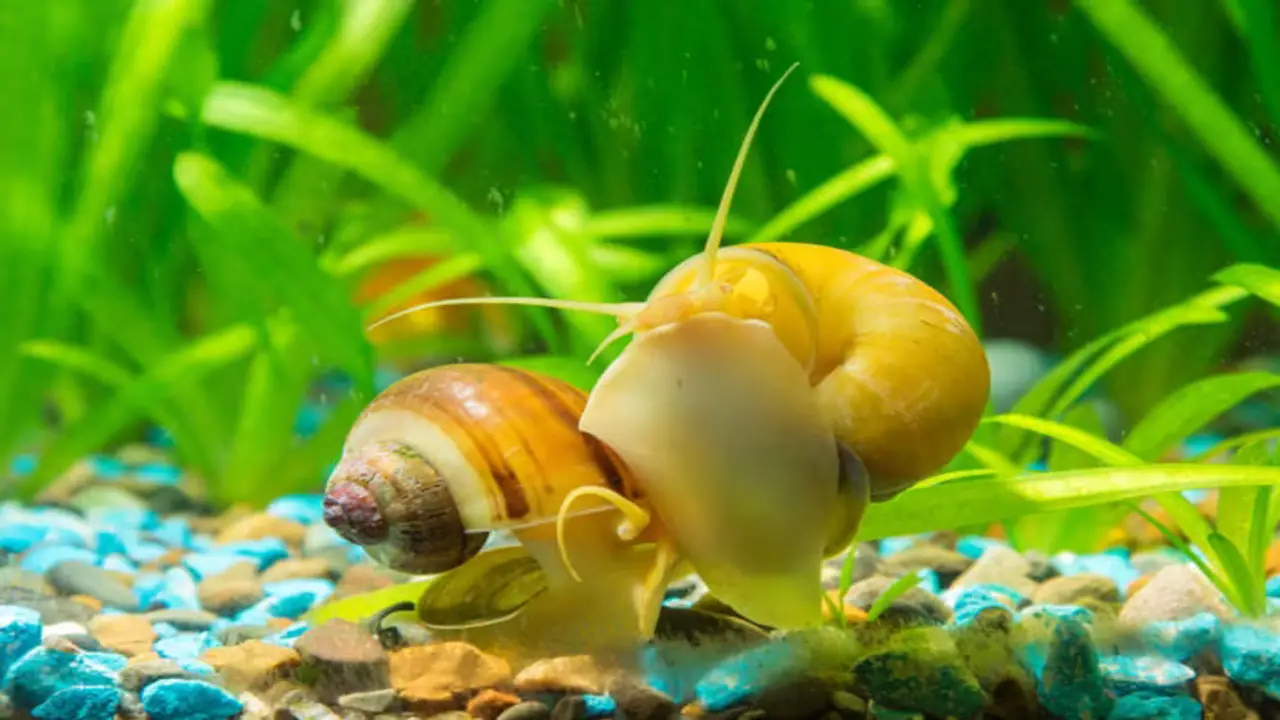
Choosing a tank suitable for their needs is important to setting up a freshwater aquarium for Hawaiian pipipi-snails. Providing hiding places like rocks, caves, and plants will make them feel secure. Ensure stable water parameters, including temperature, pH, and hardness levels. Use a substrate miming their natural habitat, such as fine gravel or sand. Introduce compatible tankmates that won’t harm or compete with the snails.
Tank Size And Equipment Needed
A minimum tank size of 10 gallons is recommended for Hawaiian pipipi-snails, although they can thrive in various tank sizes. It is important to have a secure lid to prevent escapes as these snails are known to crawl out. Installing a reliable filtration system ensures proper water quality and circulation.
Adequate lighting should be provided if live plants are included in the aquarium. Regular water testing and maintenance are necessary to maintain a healthy snail environment.
Water Quality Requirements
To ensure the well-being of Hawaiian pipipi-snails in your freshwater aquarium, it is essential to maintain clean and well-oxygenated water conditions. Keep ammonia and nitrite levels at zero to prevent stress and potential harm. Aim for a pH range of 7.0-8.0, suitable for most freshwater species.
Maintain a stable water temperature between 72-78°F for optimal health and activity. Regular water changes and proper filtration will help maintain optimal water quality.
Proper Temperature And Lighting Conditions
To ensure the optimal health and well-being of pipipi-snails in your freshwater aquarium, they must be provided with the proper temperature and lighting conditions. These snails thrive in temperatures ranging from 68-82°F (20-28°C). Maintaining low to medium lighting is important, as excessive light can promote algae growth.
Also, hiding spots and vegetation in the tank will make the snails feel more comfortable. Avoid adding pipipi- snails to tanks housing aggressive or predatory fish species; regular water testing and maintenance are crucial for maintaining a healthy environment for these snails.
Avoiding Potential Diseases And Hazards
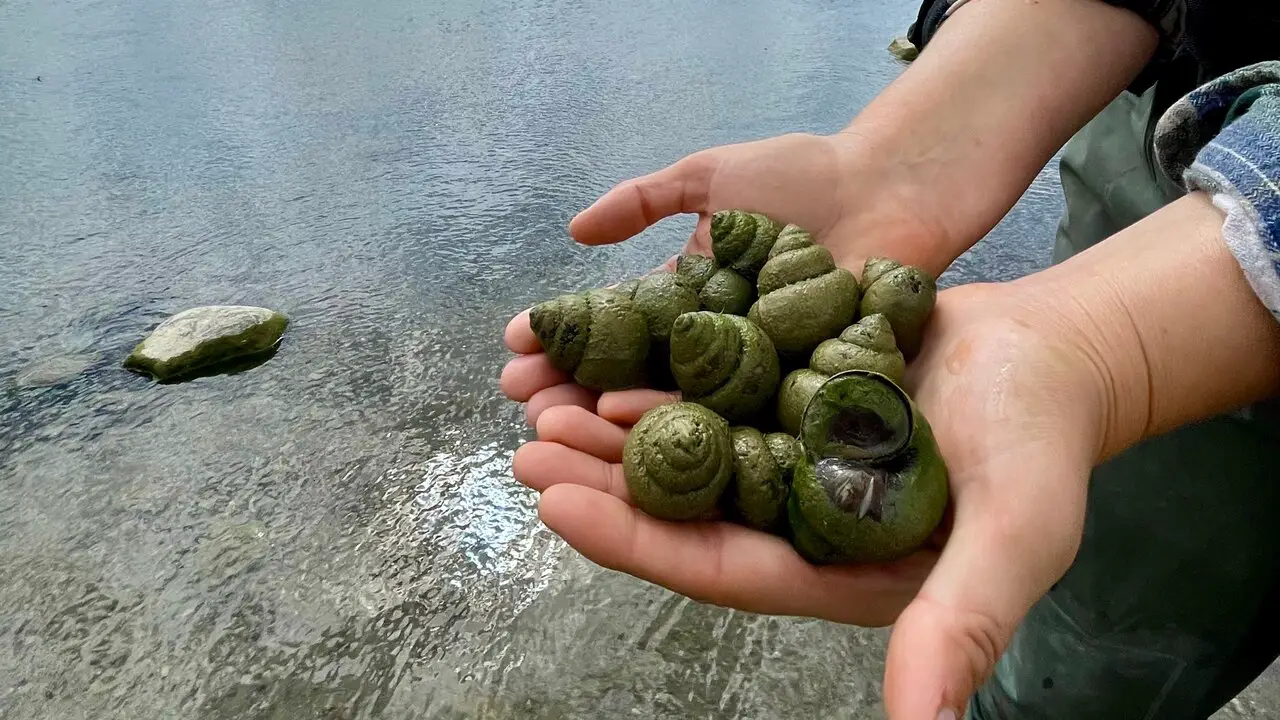
To ensure the health and well-being of your pipipi-snails, it is important to take precautions and avoid potential diseases and hazards. Quarantining new snails before introducing them to your aquarium can prevent the spread of diseases.
Additionally, avoid using copper-based medications, as they can harm snails. Keep a close eye on nitrate levels, as high levels can be harmful. Providing hiding places and a varied diet will improve their health and happiness. Regularly cleaning your aquarium will prevent the buildup of harmful bacteria and waste.
How To Care For Pipipi-Snails
Caring for Pipipi-snails can be a rewarding and enjoyable experience. These small, freshwater snails are native to New Zealand and are popular for their unique spiral shells. By providing a suitable environment, proper feeding, and regular maintenance, you can ensure the health and well-being of your Pipipi-snails. Enjoy observing their fascinating behavior and appreciate their contribution to your aquatic ecosystem. Here are some tips on how to care for Pipipi-snails:
- Housing: Provide a suitable aquarium or tank for your Pipipi-snails. Ensure the water is clean, dechlorinated, and at an appropriate temperature (around 20-24°C). Provide hiding spots and plenty of vegetation for them to graze on.
- Feeding: Pipipi-snails are omnivorous and will feed on algae, decaying plant matter, and small invertebrates. Offer them a varied diet, including sinking pellets, blanched vegetables, and occasional protein-rich foods like bloodworms or brine shrimp.
- Water quality: Regularly test the water parameters to ensure they are within acceptable ranges. Keep ammonia, nitrite, and nitrate levels low by performing regular water changes.
- Maintenance: Clean the tank regularly by removing any uneaten food or waste to maintain good water quality. Be careful not to disturb the snails’ habitat too much, as they can be sensitive to rapid changes.
- Compatibility: Avoid keeping Pipipi-snails with aggressive or larger tankmates that may harm or eat them. They are best kept in a species-only setup or with peaceful community fish and other small invertebrates.
Conclusion
To sum up, adding Hawaiian pipipi-snails to your freshwater aquarium can greatly benefit the overall health and balance of the ecosystem. These snails are visually appealing with their unique physical appearance and serve as natural algae controllers, keeping your tank clean and balanced.
When setting up a freshwater aquarium for pipipi snails, it’s important to consider factors such as tank size, water quality, temperature, and lighting conditions to ensure optimal care. You can enjoy the beauty and benefits of these snails in your aquarium by providing a suitable environment and avoiding potential diseases and hazards. So, if you want to enhance your freshwater tank’s health and aesthetics, consider adding pipipi-snails as a must-have addition.
Frequently Asked Questions
Are Pipipi-Snails Edible?
Humans do not commonly consume pipipi-snails. They are considered a pest in some areas and may be eaten by certain fish species. It is not recommended to consume pipipi-snails as they may carry parasites or toxins. If you have pipipi-snails in your aquarium, ensure they are not exposed to harmful substances before feeding them to your fish.
What Is Pipipi In Hawaiian?
Pipipi in Hawaiian refers to small, black, freshwater snails commonly used in aquariums for algae control and maintaining a healthy ecosystem. These snails are easy to care for and reproduce quickly, making them a popular addition to freshwater aquariums.
What Is The Scientific Name For Pipipi-Snail?
The scientific name for Pipipi-snail is Faunus ater, also known as Black Devil Snails or Nerite Snails. These snails are highly favored in freshwater aquariums because they can clean the tank by consuming algae and other debris.
What Do Pipipi-Snails Eat?
Pipipi-snails have an omnivorous diet, consuming algae and plant matter in the aquarium. They also eat uneaten food and decaying organic material. Offering a varied diet is important to keep them healthy and thriving.
What Are Pipipi-Snails And Why Are They Beneficial For A Freshwater Aquarium?
Pipipi-snails, also known as Malaysian trumpet snails, are tiny freshwater snails that burrow into the substrate of the aquarium. They aerate the substrate, consume uneaten food and fish waste, and provide a source of calcium for other aquatic animals.

Aquarium passion is all about connecting with the aquatic life and providing education to the public on the importance of these creatures. We showcase a wide variety of marine life through our exhibits as well as working with schools to provide unique learning opportunities for students of all ages.

